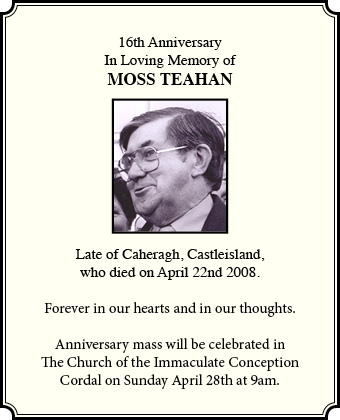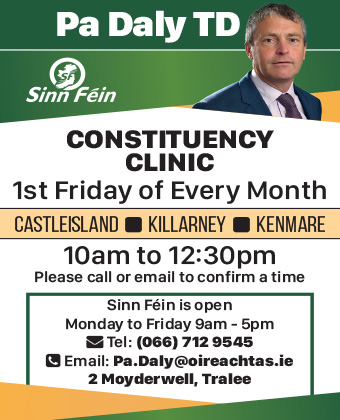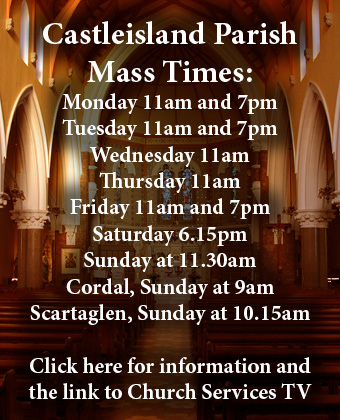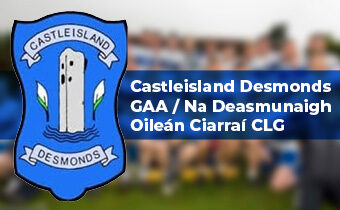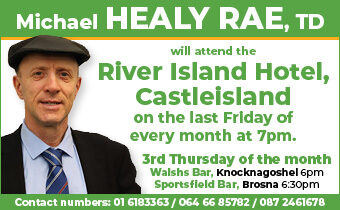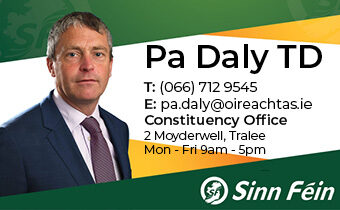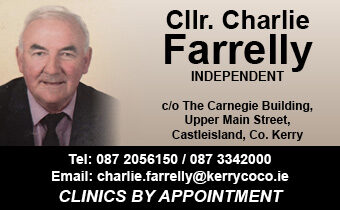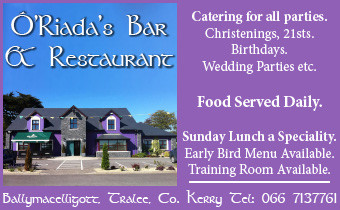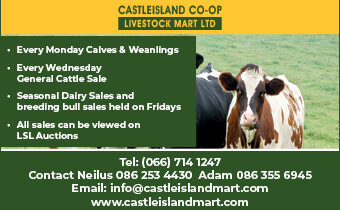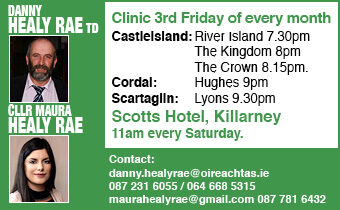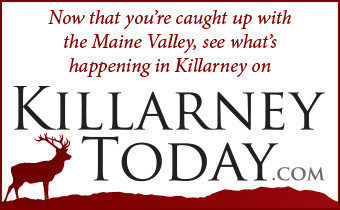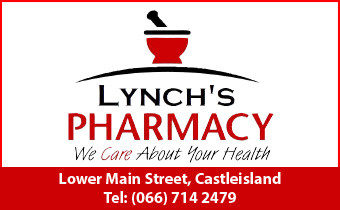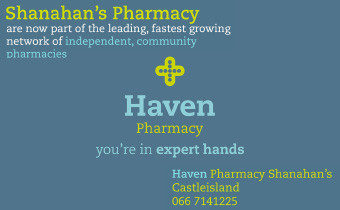
The highland country straddling counties Kerry, Cork and Limerick was once an ‘asylum’ for outlaws and a risen peasantry, according to the latest issue of the biennial Sliabh Luachra Journal.
Many of the principal roads that run through the area today were not built until the 1820’s and ‘30’s by the British authorities who wanted to gain more control of the territory.
‘The wild hilly country on the borders of the three counties was outlaw territory,’’ writes Martin Murphy in an article on Whiteboys and Ribbonmen, relating the activities of secret societies against landlordism.
Richard Griffith Commissioned
This vast region of around 1,000 square miles did not have proper roads, a British Government report noted in 1822. Engineer Richard Griffith was commissioned to design and improve roads and he also built stone-arched bridges still in use today.
Griffith described Sliabh Luachra as an asylum for Whiteboys and robbers whose ‘’wickedness had frequently escaped punishment.’’
The 17th issue of the local history journal, published by Cumann Luachra, was launched by Fr Pat Moore, in Gneeveguilla, last Friday night.
120 Page Journal
The story of the 1916 Easter Rising, in which volunteer Patrick O’Connor, from Rathmore, was killed, features prominently in the 120-page journal which also has a wide range of other articles and lots of old photographs.
As might be expected from Sliabh Luachra, a deal of space is given to traditional Irish music.
Popular accordionist John Brosnan, who lives in Milleen, Kilcummin, tells of his life and times. He also recalls memories of the legendary fiddle master Padraig O’Keeffe and how he visited the Lyrecrompane area where John grew up.
Brosna Céilí Band
There’s also an article on ceili bands in Sliabh Luachra by journal editor Donal Hickey who, for instance, traces the history of the Brosna Ceili Band from its origins in the late 1950’s to the present day.
A trip to Killarney Fair as a boy with his father in the 1940’s is recalled by John Kelly. He had a day off from school to drive in cattle they sold at the fair.
While the main business was the buying and selling of horses, cattle, sheep and pigs, fairs also brought in some colourful characters, vendors of clothes and footwear, tanglers, blockers and others who got involved in the haggling between farmers and buyers.
Hungry Farmers
In those days, towns didn’t have fancy restaurants, but they had ‘’ating houses’’ where hungry farmers and their sons could get good feeds of bacon and cabbage and plenty of plain, wholesome food.
Bohereencaol, in Killarney, had three such establishments, all of which did brisk business on fair and market days.
The journal is on sale for €12.
You can contact The Maine Valley Post on… Anyone in The Maine Valley Post catchment area who would like to send us news and captioned photographs for inclusion can send them to:jreidy@mainevalleypost.com Queries about advertising and any other matters regarding The Maine Valley Post can also be sent to that address or just ring:
087 23 59 467 Please Note: A click on any of our adverts will reveal all you need to know about what our advertisers need to tell you.




